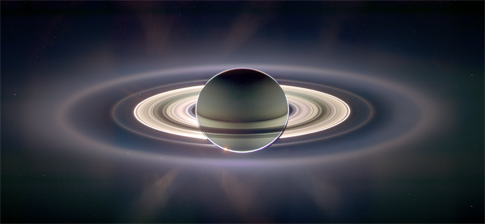This is a diagram of the layout of the equipment on the Corot (COnvection, ROtation and planetary Transits) space telescope, launched recently from a site in Kazakhstan:
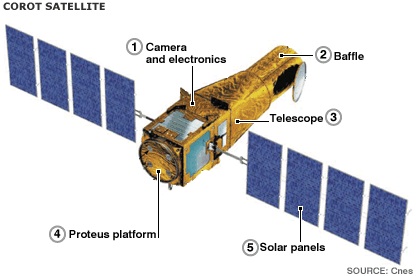
It’s a European Space Agency (ESA) mission, primarily run by the Centre National d’Etudes Spatiales (CNES – the French Space Agency, if you will) and it’s going to be looking closely at about 120,000 stars for signs of planetary bodies in orbit around them, in addition to studying the stars themselves. There’s a BBC story here, with video, more figured and images, and links to other sites, such as this condensed mission guide. The Proteus platform in the diagram refers to that fact that this is but one of a series of craft in the “Proteus†series, the platform itself being the design of the core containing the instrumentation and control systems of the device. Learn more about that here.
By going over to ESA’s site, you can learn a lot more about the scientific objectives and […] Click to continue reading this post →

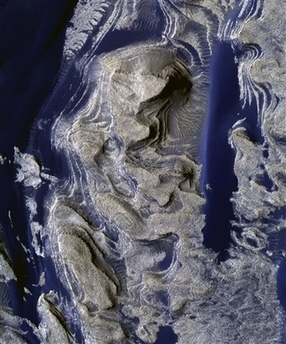

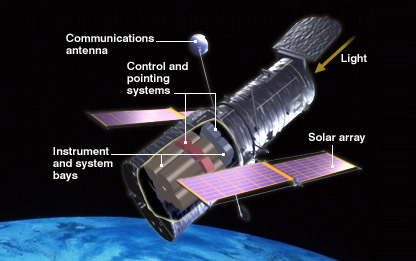

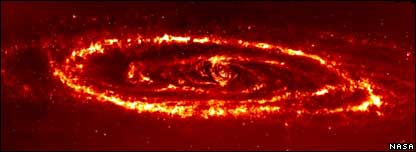 The Andromeda Galaxy is bigger than previously thought. Perhaps as much as five times bigger. I know that you’re thinking – “Oh, that’s because most of it is dark matter, right?” No, this is not another dark matter story. In fact, there are many newly discovered stars from a recent study! The suburbs of the galaxy are much more extensive than previously identified. It’s rather good news, since the galaxy makes more sense than it did before, in the context of our understanding of how galaxies form and evolve. (Image above is of Andromeda in the infra-red, from NASA.)
The Andromeda Galaxy is bigger than previously thought. Perhaps as much as five times bigger. I know that you’re thinking – “Oh, that’s because most of it is dark matter, right?” No, this is not another dark matter story. In fact, there are many newly discovered stars from a recent study! The suburbs of the galaxy are much more extensive than previously identified. It’s rather good news, since the galaxy makes more sense than it did before, in the context of our understanding of how galaxies form and evolve. (Image above is of Andromeda in the infra-red, from NASA.)
